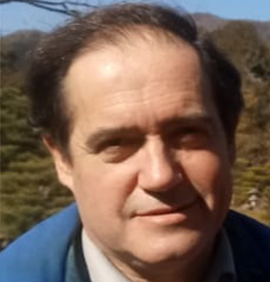 Palestra: Microwave irradiation synthesis of nanostructures: application in sustainable photocatalytic hydrogen generation
Palestra: Microwave irradiation synthesis of nanostructures: application in sustainable photocatalytic hydrogen generation
Resumo da Palestra: Hydrogen is an essential molecule for the chemical industry. However, 95% of its production comes from nonrenewable fossil fuels. Electrolyzers for water splitting (WS) are expected to produce green hydrogen in large-scale energy systems. On the other hand, it is a high-cost solution that requires fresh water, which represents only 3% of the Earth’s water resources. An alternative approach is the conversion of solar energy directly into chemicals through photocatalytic or artificial photosynthetic processes. Herein, environmentally friendly methods for the synthesis of nanostructures by microwave irradiation while simultaneously minimizing the use of hazardous chemicals will be presented. Application of the prepared nanostructures to the photogeneration of hydrogen in the photo-reform of alcohols under UV-vis and only visible light will be shown. TiO 2 -based photocatalysts, such as nanoparticles and nanotubes, as well as CaTiO 3 perovskite types, were impregnated with co-catalysts (Ag, CQDs, and Fe 2 O 3 ) and carefully characterized. Additional results in photoelectrochemical hydrogen generation also demonstrated the potential of charge separation as a true WS reaction. Finally, the actual challenges of sustainable photocatalytic hydrogen generation will be briefly addressed.





